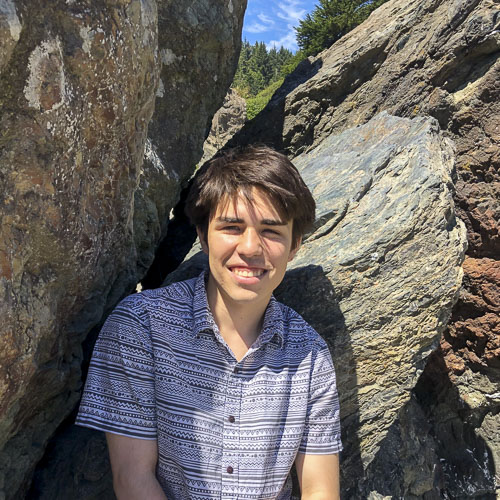
Host Mentor: Dr. Ajun Wang
UC Davis Stem Cell Program
Engineering extracellular mimics (EV-mimics) from plasma membranes
Extracellular Vesicles (EVs) are small nanovesicles (~50-150nm) that are released from all cell types to communicate with other cells. For many cells, EVs are considered a great alternative due to containing therapeutic properties while avoiding the complications associated with cell based therapies. Placental Mesenchymal Stem Cells (pMSCs) EVs are starting to be established as a promising therapy for neurodegenerative disorders due to its neuroprotective properties, however, a major problem with EV isolations is how few EVs are obtained from each batch along with the EVs’ heterogeneity. It takes a lot of time and resources to produce the necessary amount of EVs to be utilized for clinical practices, and not all of the EVs isolated will be similar to each other. A potential method to avoid this issue is to engineer EVs from plasma membranes (PMs). Our hypothesis uses homogenized PMs to create particles called EV-mimics (EM) where the PMs are isolated, extruded, and engineered into small nanovesicles to mimic EVs. Creating EMs that are comparable to native EVs could provide a better way to produce therapeutic particles for complex neurodegenerative diseases like spina bifida and multiple sclerosis. Human pMSCs will be used to isolate PMs to be characterized and functionally assessed. A Western blot will be first done in order to see if the particles isolated are indeed PMs. PM nanovesicles will undergo Nanoparticle Tracking Analysis (NTA) over 15 days in order to see how the PMs are able to be stored and stay physiologically stable in terms of size, zeta potential, and concentration. Neuroprotection, apoptosis, neuron proliferation, and neuron uptake assays will be used to assess the neuroregenerative properties of the PM nanovesicles. We expect to see that the EMs have a higher yield than native EVs while having comparable neuroregenerative abilities. I hope to characterize these PMs as a functional biomaterial for EV mimics and future work involves loading different bioactive molecules into the EMs to mimic the internal cargo of native EVs.